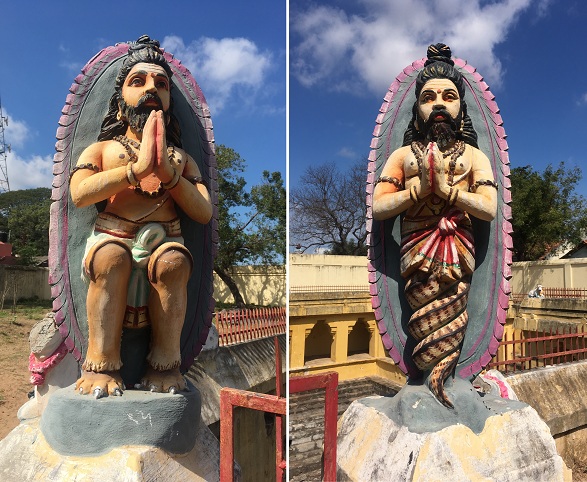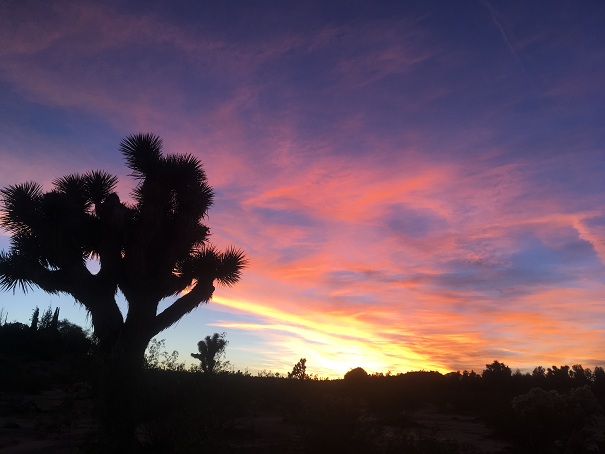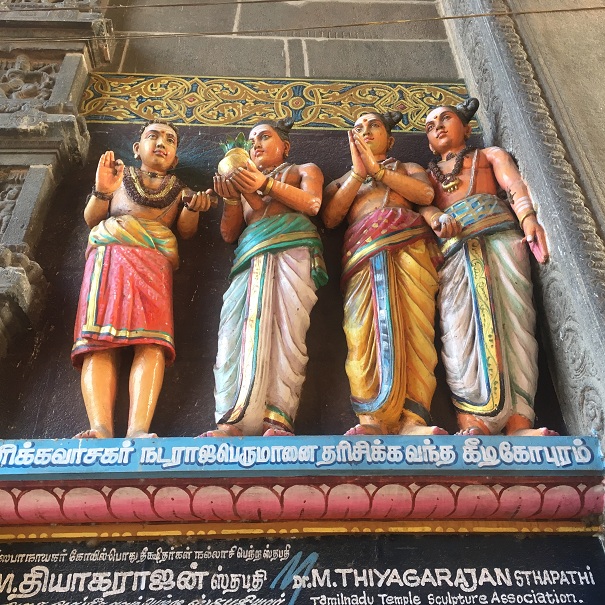
Here is a lovely story I learned from Douglas Brooks. It contains many teachings, several highlighted here. I begin by telling the story, and then unpack some of the major teachings.
Once upon a time, Vishnu was reclining on his couch of Shesha, the serpent. Vishnu seemed rather unsettled, heavy and exited, so Shesha asks him, what has happened to cause you this agitation, this ecstatic discomfort?
Vishnu replies, I have seen the dance of Yogeshvara, I have seen the Lord of Yoga’s ecstatic dance. He has seen the beautiful poetic self-expression of the divine, he has seen Nataraja’s dance.
Shesha then asks Vishnu if he, too, can see the dance, and Vishnu replies yes, but you must become embodied to do so. You must become embodied to taste the experience.
So Shesha is born as Patanajli, this being, who has is half human and half snake.
Shesha, now Patanjali, burrows into the darkness, into the depths of the earth, he’s part snake after all. And eventually he emerges in the forest of the Tillai trees, where he begins searching for the Lord of the Dance, Nataraja, whom Vishnu had experienced. For many years he searches for Nataraja, he perseveres and is determined, as he knows the dancer is here somewhere in the forest of the Tillai trees.
Then, finally one day he comes upon a linga.
A linga is a statue that is a single pillar or column, and signifies the unmanifest Absolute reality, also known as Shiva. It signifies everything, but appears as nothing. It holds all possibilities, the potentiality prior to manifestation.
This linga has obviously been worshipped, it is adorned with sandalwood paste and kum kum, which is the red paste that people put on their foreheads and on statues and such. So Patanjali sees this adorned linga and realizes he is not alone in this forest, there are other seekers as well. There are others who have been seeking even longer.
Also adorning the linga, Patanjali sees a flower that is exquisitely beautiful, unlike anything he’s ever seen before. He, also, wants to make this beautiful flower offering to the linga. So he searches and searches the forest for the flower, but to no avail. Each night he falls asleep not finding the flower, and then every day he wakes up to see a new flower has been offered. Each day, someone has offered another fresh gorgeous flower.
Finally he decides to make an offering he does have, a particular seed from the earth, where he borrows. So he makes his own unique offering from the earth he inhabits.
And then from the trees descends this being who is mostly human, but has the paws of a tiger. This is Vyaghrapada, his name literally means “tiger paws.” Vyaghrapada lives up in the trees and was given the boon of paws which allow him to climb high up into the trees to gather these amazing flowers no one else can touch. He has been watching Patanjali all the while, and when Patanjali slept, he brought down beautiful orchids from the treetops, and did his puja, his worship. Vyaghrapada has been watching Patanjali carefully and has realized the seriousness of his worship.
Patanjali and Vyaghrapada sit together at the linga to worship. They learn that they each know mantras to chant, and they teach each other what they know, and they chant together. And as they chant, the linga starts to twist and turn, and from that form of potentiality, Shiva emerges in the form of the Lord of Dance, Nataraja.
In his blissful dance they see all of creation, manifestation, and destruction. They see revelation and concealment, and they see the gesture of the upturned hand signifying “no fear,” abhaya mudra.
They receive and share these teachings from Nataraja’s dance, and they each also receive individual teachings. Patanjali offers more gifts to Nataraja, and Nataraja bestows upon Patanjali the gifts of the teachings of Ayurveda, of grammar, and of yoga. Then Patanjali leaves, having seen the dance and received his gifts. Vyaghrapada stays, as he is a dweller in the forest, and he asks Naratarja: is there more? Together Patanjali and Vyaghrapada saw the ananda tandava, the dance of bliss, but there are actually several more dances of Nataraja, which Vyaghrapada witnesses, since he asked for it.
Then eventually Nataraja returns back to the potential form of the Shiva Linga.
This story has much to tell us about the path of yoga. There are many teachings held in this story, and we will consider a few of them.
First of all, remember that you are every character in the story, so you are Patanjali, you are Vyaghrapada, you are Nataraja.
In the beginning of the story, Shesha gets a hit of something Vishnu has experienced, and he wants to experience it himself. He becomes a seeker, searching for more in life. It’s like when you’re around someone that has a certain energy that you pick up on and it is so attractive that you want to learn about it. This is like many of us who have a sense that we want more out of our lives, and that is why we turn to yoga and meditation.
So Shesha asks how he can experience the dance, and is told that you must embody to experience more. In our lives, we have the opportunity to experience the bliss of the Divine, as well as the joys of embodied life. So in this story Shesha embodies as Patanjali.
Patanajli works hard to first burrow through the ground to arrive at the Tillai forest, then to find the linga within the forest, and then to try to find the flowers for offering. He is no slacker. Patanjali doesn’t give up. He is unrelenting on his path. So in Patanjali’s teachings we see a yoga of effort and discipline.
He sees the lovely flower offering someone else has offered and he searches and searches the forest for the flower, but to no avail. The flower is not his gift, it is the gift of another. We each have our own unique offering to make and often it takes us time to discover this. Often in life we try to copy someone else’s offering and it just falls flat. It takes Patanajli a while as to discover that his offering is that of the seed which comes from the earth where he has burrowed.
And then he meets Vyaghrapada, and they sit together to worship. They discover that they each know mantras to chant, and they teach each other what they know, and they chant together. This is the power of our spiritual community.
Nataraja has always been present, they just haven’t seen him. Something shifts so that the dance becomes manifest from the potential of the linga. Then they finally do see the dance, they learn the pancha krityas, Shiva’s five acts, they learn abhaya mudra, the gesture of fearlessness
Patanjali sees the crossing arm of Nataraja, he sees there are barriers to the heart. He worked hard to attain his experience of the dance. He leaves the forest with the Yoga Sutras, a text of renunciation, discipline, and asceticism. So we have here represented the nirvritti yoga, yoga of turning inward.
Vyaghrapada sees into the cave of the heart, the dance of living a life fully, and remains in the forest as a householder. This represents the path of pravritti yoga, of doing our dance in the world.
This story is a powerful exposition of our path as yogis in the world. As meditators, Patanjali’s teachings of discipline and inward turning are important to us, but they are only part of the story. Like Vyaghrapada, we are householders, so we must learn how to do the many dances in our life. And like both of these characters, we must each learn to offer our own unique gifts, to dance our own unique dance.
There are many other teachings applicable to our lives in this story. You are invited to contemplate what further you can learn from this story, and how it might apply to your life.









